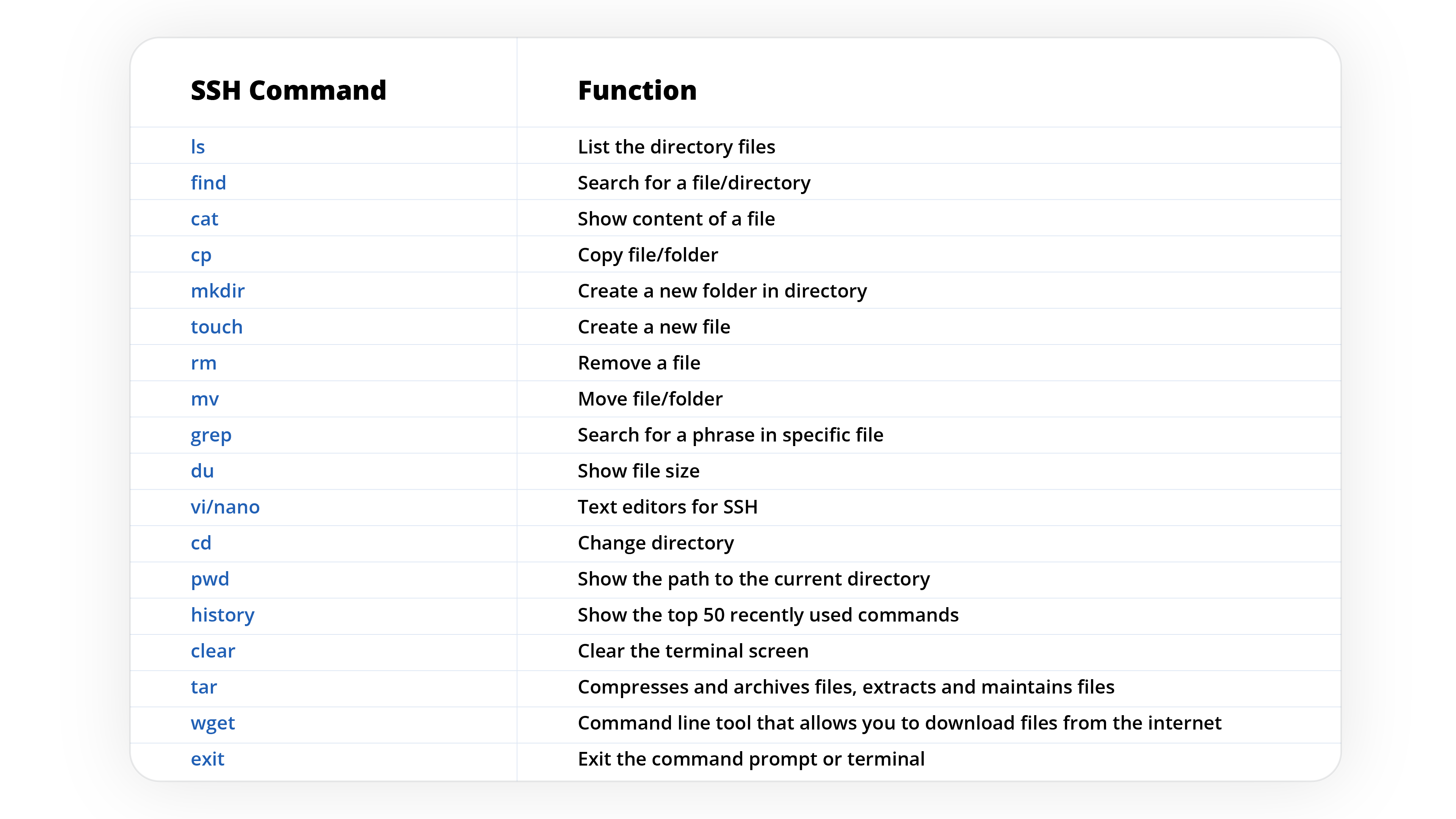In the world of IoT (Internet of Things), connecting devices securely over the internet is a critical task. Whether you're a developer, hobbyist, or IT professional, understanding how to connect SSH IoT devices without relying on Windows can significantly enhance your skills. This guide explores step-by-step methods to achieve seamless and secure IoT device connectivity.
SSH (Secure Shell) has long been a staple for remote access and secure communication. However, when it comes to IoT devices, the process can become complex, especially if you're looking for solutions that don't require Windows or paid services. This article will break down the essential steps and tools you need to connect your IoT devices securely and efficiently.
By the end of this guide, you'll have a clear understanding of the best practices, tools, and configurations required to connect SSH IoT devices over the internet without Windows, all for free. Let's dive in!
Read also:Amatuer Couple Swap
Table of Contents
- Introduction to SSH
- Understanding IoT SSH Connection
- Why Not Windows?
- Tools You Need
- Step-by-Step Guide
- Securing Your Connection
- Common Issues and Solutions
- Alternatives to Windows
- Best Practices
- Conclusion
Introduction to SSH
SSH (Secure Shell) is a cryptographic network protocol that facilitates secure communication between devices over an unsecured network. It is widely used for remote command-line login and other secure network services. When it comes to IoT devices, SSH plays a crucial role in enabling remote management and secure data transfer.
SSH provides several advantages, including encryption, authentication, and integrity checks. These features make it an ideal choice for connecting IoT devices over the internet. By leveraging SSH, you can ensure that your devices remain secure and protected from unauthorized access.
Key Features of SSH
- Encryption for secure communication.
- Authentication mechanisms to verify identities.
- Data integrity checks to prevent tampering.
Understanding IoT SSH Connection
Connecting IoT devices via SSH over the internet involves several key steps. First, you need to ensure that your IoT device is configured to accept SSH connections. This typically involves setting up an SSH server on the device and configuring the necessary ports.
Once the device is ready, you can use an SSH client to establish a connection. This process allows you to remotely access the device, manage its settings, and transfer data securely. The connection is encrypted, ensuring that your data remains protected from potential threats.
Steps to Connect IoT Devices via SSH
- Install an SSH server on your IoT device.
- Configure the necessary ports and firewall settings.
- Use an SSH client to establish a connection.
Why Not Windows?
While Windows provides robust tools for SSH connectivity, it may not always be the best choice for IoT devices. Many IoT devices run on lightweight operating systems like Linux, which are better suited for resource-constrained environments. Additionally, using Windows can introduce unnecessary complexity and cost, especially if you're looking for free solutions.
By avoiding Windows, you can simplify your setup and reduce the overhead associated with maintaining a full-fledged operating system. This approach is particularly beneficial for IoT projects where simplicity and efficiency are key priorities.
Read also:Annabel Redd Encouraging
Tools You Need
To connect SSH IoT devices over the internet without Windows, you'll need a few essential tools. These tools will help you configure your devices, establish secure connections, and manage your IoT network effectively.
Essential Tools
- SSH server software (e.g., OpenSSH).
- SSH client software (e.g., PuTTY, OpenSSH).
- A Linux-based operating system for your IoT device.
- A router with port forwarding capabilities.
Step-by-Step Guide
Now that you have the necessary tools, let's walk through the process of connecting SSH IoT devices over the internet without Windows. This step-by-step guide will help you set up your devices securely and efficiently.
Step 1: Install SSH Server
Begin by installing an SSH server on your IoT device. For Linux-based systems, you can use OpenSSH, which is widely regarded as one of the most reliable SSH servers available. Use the following command to install OpenSSH:
sudo apt-get install openssh-server
Step 2: Configure SSH Server
Once the SSH server is installed, you need to configure it to suit your needs. This involves setting up user accounts, configuring SSH keys, and adjusting security settings. Refer to the official OpenSSH documentation for detailed instructions.
Step 3: Set Up Port Forwarding
To allow external access to your IoT device, you'll need to configure port forwarding on your router. This process involves mapping a specific port on your router to the corresponding port on your IoT device. Consult your router's documentation for detailed instructions.
Step 4: Connect Using SSH Client
With everything configured, you can now connect to your IoT device using an SSH client. Simply enter the device's IP address and port number into the client and authenticate using your credentials.
Securing Your Connection
Security is paramount when connecting IoT devices over the internet. To ensure your connection remains secure, follow these best practices:
- Use strong passwords or SSH keys for authentication.
- Disable password authentication if possible.
- Limit access to trusted IP addresses.
- Regularly update your SSH server and client software.
Common Issues and Solutions
Connecting IoT devices via SSH can sometimes present challenges. Below are some common issues and their solutions:
Issue 1: Connection Refused
Solution: Ensure that the SSH server is running and that the necessary ports are open on your router.
Issue 2: Authentication Failed
Solution: Double-check your credentials and ensure that SSH keys are correctly configured.
Alternatives to Windows
Several alternatives to Windows can be used for SSH connectivity. These include:
- Linux distributions like Ubuntu, Debian, and Raspberry Pi OS.
- macOS, which includes built-in SSH tools.
- Mobile apps like JuiceSSH for Android and Prompt for iOS.
Best Practices
To ensure a smooth and secure SSH connection for your IoT devices, follow these best practices:
- Regularly monitor your devices for suspicious activity.
- Keep your software and firmware up to date.
- Use a firewall to restrict access to your devices.
- Document your setup for future reference.
Conclusion
Connecting SSH IoT devices over the internet without Windows is a feasible and cost-effective solution for managing your IoT network. By following the steps outlined in this guide, you can ensure that your devices remain secure and accessible from anywhere in the world.
We encourage you to share your experiences and insights in the comments section below. Additionally, feel free to explore other articles on our site for more tips and tricks on IoT and SSH connectivity.
References:


